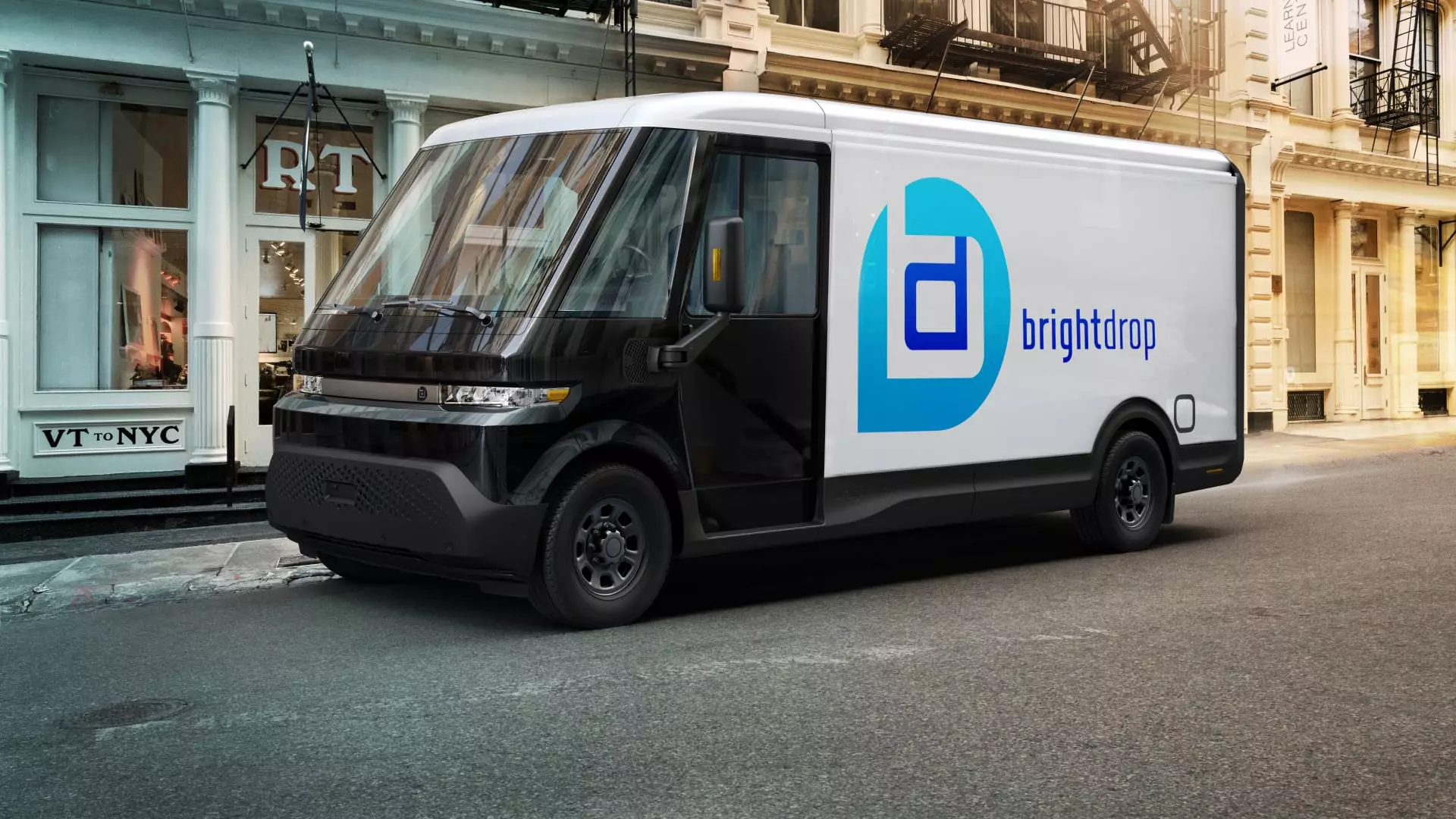In a move that has rocked the Canadian automotive landscape, General Motors (GM) is significantly scaling back its BrightDrop delivery van production in Ontario, leading to the idling of the CAMI assembly plant for a striking 20 weeks. This decision, which will eliminate around 500 jobs, is a stark reminder of the unpredictable nature of the electric vehicle market. BrightDrop, branded as GM’s ambitious foray into electric delivery solutions, has plummeted from its lofty revenue expectations, tinging the company’s aspirations with disappointment and casting a shadow over the future of sustainable transport innovation.
Market Demand and Oversupply: A Wake-Up Call
The core of GM’s struggles stems from a disconnect between market demand and production capabilities. Originally, GM envisioned BrightDrop as a cornerstone of its electric vehicle strategy, banking on it to generate $1 billion in revenue in 2023. However, with a mere 2,000 units sold so far, the gap between projections and reality is glaring. This situation reveals a troubling reality: overproduction in a market that has not matured as expected is leading to financial drag and workforce implications. Such outcomes not only affect the bottom line but also impact the livelihoods of those who have dedicated their work to ushering in this new era of transportation.
Union Voices and Worker Impact
Lana Payne, president of Unifor, has vocally criticized GM’s strategies, referring to these job cuts as a “crushing blow” to families reliant on the CAMI facility. Her statements underscore the human cost of corporate decisions that often prioritize profitability over people. Additionally, Payne’s calls for governmental support raise a critical question: when companies pivot in times of hardship, how can governments protect the communities that depend on those jobs? The relationship between automakers and labor unions is increasingly strained; bold action and alignment of interests are necessary to shield workers from the volatility of market demands.
Political and Economic Context: The Role of Tariffs and Policy
While GM has claimed that its production adjustments are unrelated to tariffs exclaimed by the Trump administration, Payne’s remarks suggest otherwise. The political dimensions of these economic decisions complicate the narrative of corporate responsibility. Trump’s tariffs may have hastened disruptions in the automotive industry, creating an environment rife with unpredictability. The fallout from such policies seems to be felt most acutely by workers and local economies, as companies grapple with the fallout of governmental constraints on trade and investment.
Looking Ahead: The Future of Electric Vehicles
The journey of GM and its BrightDrop models provides a cautionary tale of ambition facing the harsh realities of market dynamics. Unless companies like GM recalibrate their expectations and bolster support for domestic production, the dream of a thriving electric vehicle market could dim. The hope lies in a constructive partnership among automakers, labor unions, and policymakers to create a robust and sustainable infrastructure that not only protects jobs but also nurtures innovation in the face of adversity. The conversation must shift from merely adapting to market conditions to proactively shaping a future where both technology and workforce thrive side by side.

